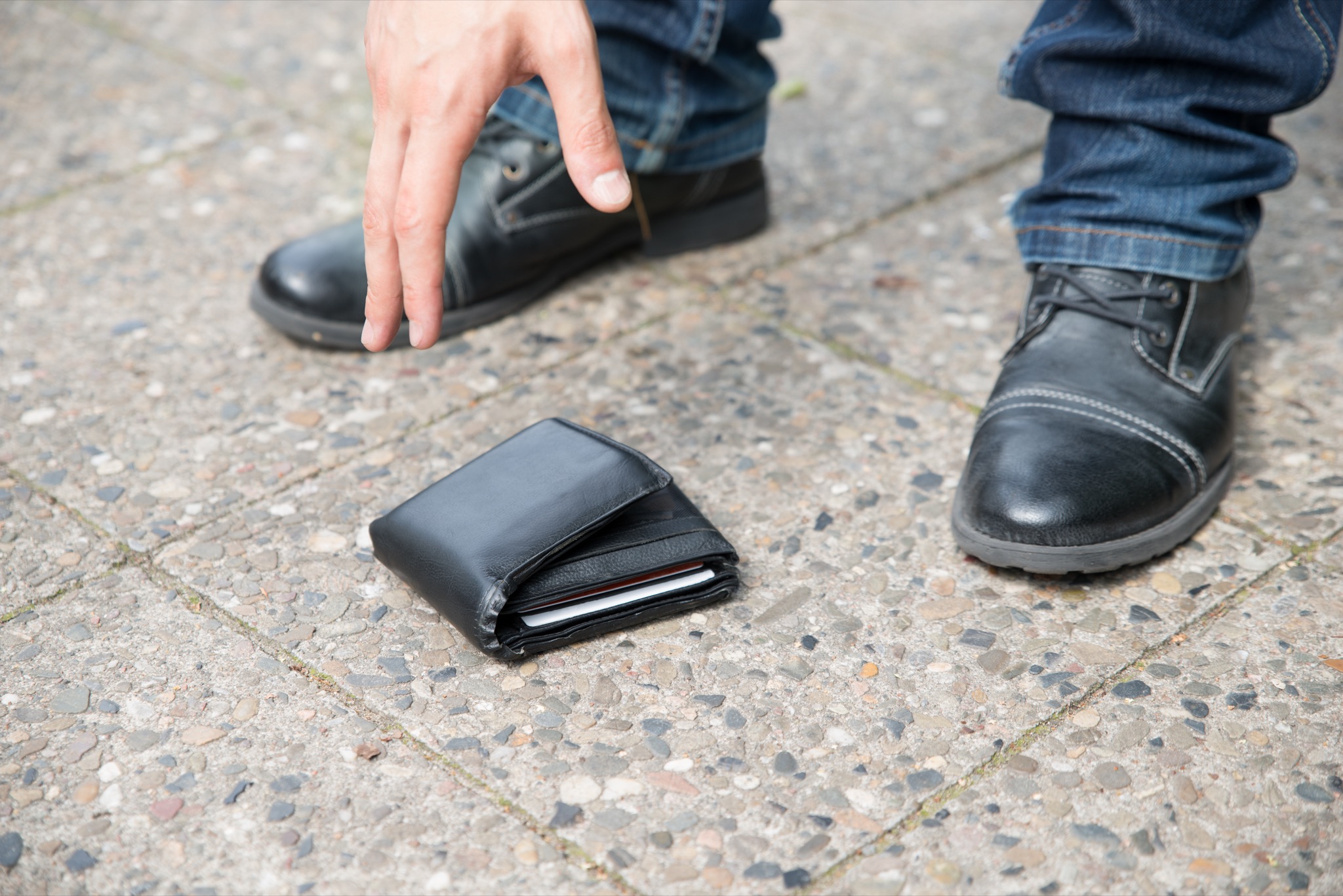Navigating through the maze of the lost and found can often be overwhelming, especially for non-experts. It is crucial to understand that this system functions on principles of trust, responsibility and swift action. For instance, as a mother, I once experienced the anxiety when my cat didn’t return home one day. The fear was palpable but fortunately, due to a well-established neighborhood lost and found protocol, our beloved pet was quickly located and returned safely. Therefore, it’s essential to familiarize oneself with such procedures in communities or public places to ensure prompt recovery of misplaced items or pets.

Understanding the basics of lost and found procedures can significantly mitigate stress related to misplaced items or pets. The first step is recognizing that these systems are not merely designed for experts, but rather everyday individuals who may have encountered an unexpected situation. A key component of any successful lost and found protocol lies in its accessibility and ease of use for all participants involved – from those who discover a missing item, to those seeking their lost possessions. In essence, it is about fostering a community spirit where everyone feels responsible enough to partake in this trust-based system. The backbone of an effective lost and found protocol is prompt reporting. Time plays a crucial role in locating missing items or pets; hence swift action cannot be overemphasized. Whether you’re dealing with a local neighborhood watch group or an organized system at your workplace or school, ensure you report the loss as quickly as possible. Furthermore, providing detailed descriptions can significantly increase chances of recovery. A practical example would be when my cat went missing one day – a pet often considered part of our families just like children are. The anxiety was real, akin to what I’d feel if my son were misplaced even briefly at the park! However, thanks to our well-structured neighborhood’s lost and found system which encouraged immediate reporting along with comprehensive information sharing about our beloved pet – we were able to locate her promptly. Equally important is knowing how to respond when you find something that isn’t yours. Remembering how frantic I felt when my feline friend disappeared gives me empathy for others who might be experiencing similar emotions due to their losses. So if you chance upon an unknown item or pet, try imagining how relieved someone will feel once they get it back – courtesy of your thoughtful actions. In conclusion, understanding the principles behind lost and found protocols empowers non-experts like us to take essential steps toward preventing unnecessary distress associated with such incidents while promoting communal responsibility.
While maintaining a sense of community participation is vital in lost and found procedures, it’s equally important to observe the necessary steps once an item or a pet has been located. For instance, if you stumble upon a stray cat that looks well taken care of, your initial instinct might be to keep it – especially if you develop an attachment over time. However, always remember that there might be a distraught family desperately searching for their beloved pet. In such cases, utilizing local lost and found resources can be instrumental in reuniting the pet with its rightful owners. In addition to reporting your find promptly and accurately, ensure that you provide as much information as possible about the state in which you found the missing item or pet. You should also make efforts to spread the word within your immediate network – neighbors may have heard something or know someone who is looking for their misplaced belongings. On another note, technology can also play a significant role in enhancing lost and found protocols. Various mobile applications and online platforms now exist specifically for this purpose – they not only allow users to post about their losses but also enable those who have found items or pets to share information quickly and widely. When my own cat went missing one day unexpectedly, I was terrified despite knowing we had an efficient neighborhood watch group with robust lost and found protocols in place. Thankfully our system worked perfectly; after I reported her missing immediately along with providing detailed descriptions – she was located very swiftly by one of our kind neighbors who recognized her from my description on our community forum. These experiences reinforce the importance of having effective systems for dealing with such situations – they alleviate unnecessary stress while fostering communal responsibility. So next time when you come across something unfamiliar at work or at home – think twice before ignoring it; instead consider how your actions could potentially help someone regain what they’ve lost.

